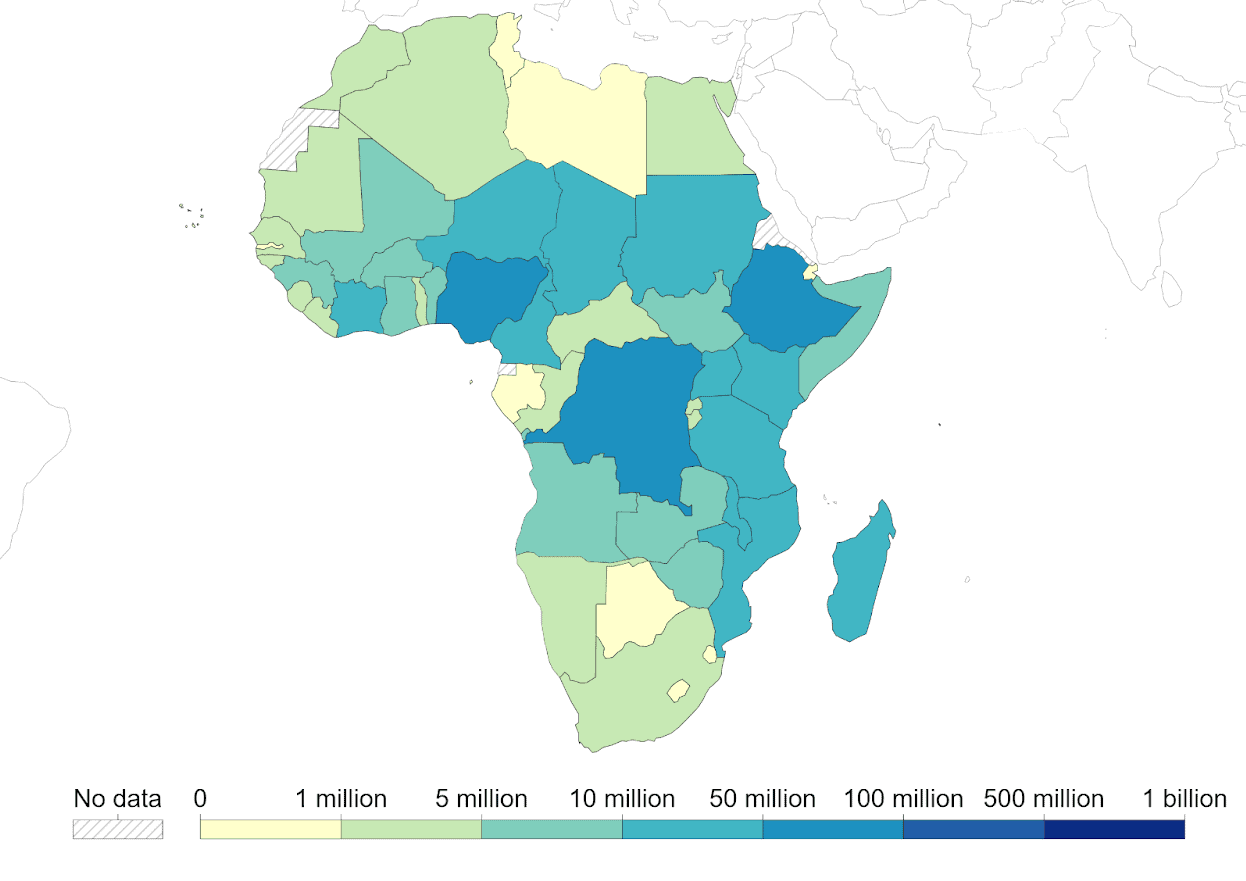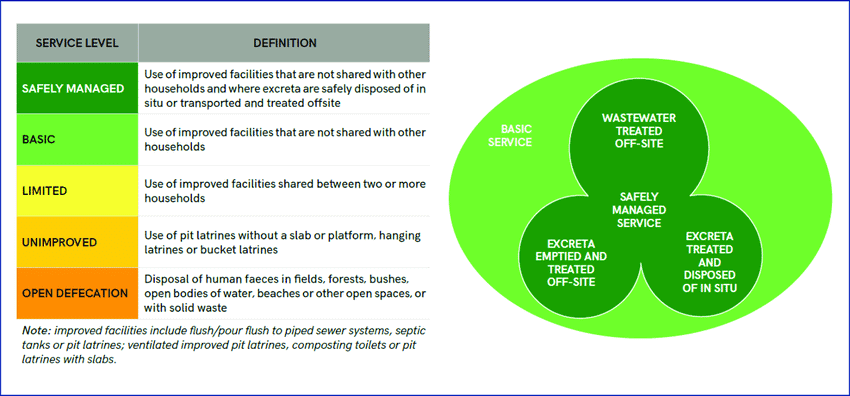
Each year the United Nations organises World Toilet Day to raise awareness around safe sanitation as a human right and to ensure anyone anywhere in the world will get access to safe toilets and water. These are a million reasons why celebrating World Toilet Day is important, here is just 4 of them.
Reason 1:
We are seriously off track to meet Sustainable Development Goal 6: Safe toilets and water for all by 2030
Nearly half of the world does not have access to safe sanitation. Currently, just 57% of the world's population has access to safely managed sanitation. Shockingly, nearly one in two don’t. Many do not have any sanitation facilities at all and instead have to practice open defecation. The world has made progress in the last five years. But again, this has been far too slow. In 2015, only 47% of the global population had safe sanitation. To date there are 3.5 billion people still living without safe toilets. (Source: https://www.who.int/news-room/fact-sheets/detail/sanitation)

Source: Our World in Data
Reason 2:
According to WHO/UNICEF close to 1.8 billion people globally either defecate in the open or use filthy and broken toilets

SDG Target 6.2 is to “achieve access to adequate and equitable sanitation and hygiene for all and end open defecation” by 2030, but this is very unlikely to happen in time.
In Ghana, an average of 18% still defecate in the open, which is 1 out of 5 people. In the cities this number is lower (around 7%), but in the rural areas, the number is much higher, around 32%.
Gender inequality also comes into play here. Women and girls who practice open defecation are less likely to be able to maintain privacy and dignity, and more likely to face physical, sexual or verbal assault than men and boys. Accelerating progress on sanitation is a high priority for achieving gender equality because inadequate services disproportionately impact the health, welfare and productivity of women and girls. (Source: https://www.who.int/publications/i/item/9789240014473)
Reason 3:
Poor sanitation conditions pose serious public health risks
Poor sanitation contributes to more than 1% of deaths globally each year. In low-income countries, it accounts for around 5% of deaths.
Nearly 1,000 children under the age of five die daily due to preventable water and sanitation-related diarrhoeal diseases. (https://ourworldindata.org/sanitation)
At least 10% of the world’s population is thought to consume food irrigated by wastewater.
In Ghana approximately 7653 deaths were caused by WASH-related illness in 2019, which translates to 21 people per day and almost one person dying every hour from preventable WASH-related diseases.
Poor sanitation negatively impacts human well-being, social and economic development as it gives rise to issues like anxiety, risk of sexual assault, and lost opportunities for education and employment.
A WHO study in 2012 calculated that for every US$ 1.00 invested in sanitation, there was a return of US$ 5.50 in lower health costs, more productivity and fewer premature deaths.

Source: Our World in Data
Reason 4:
Sub-Saharan Africa and lower-income countries in general are hit much harder than rich countries when it comes to all these problems, now and in the future
Overall, there is a strong relationship between the share of the population with access to improved sanitation versus gross domestic product (GDP) per capita. Most of the 3.5 billion people that are still living without safe toilets, live in Sub-Saharan Africa. In countries with the lowest incomes, less than one-fifth of the population has safe sanitation. The provision of sanitation facilities tends to increase as countries get richer. (https://ourworldindata.org/sanitation)
Furthermore, rapid urbanization is exerting pressure on sewage, the living environment, and public health. By 2030, almost 60% of the world’s population will live in urban areas. 95% of the urban expansion over the coming decades will take place in the developing world. With the ever growing urban populations, sanitation-related challenges will become bigger rather than smaller in the future, especially for developing countries.

Read More: The 5 types of sanitation service levels

- Improved sanitation facilities: "An improved sanitation facility is defined as one that hygienically separates human excreta from human contact. They include flush/pour flush (to piped sewer system, septic tank, pit latrine), ventilated improved pit (VIP) latrine, pit latrine with slab, and composting toilet. To be effective, facilities must be correctly constructed and properly maintained."
- Unimproved facilities: Unimproved facility which does not separate excreta from human contact
Download the full WHO/Unicef Joined Monitoring Programme Report on Sanitation

